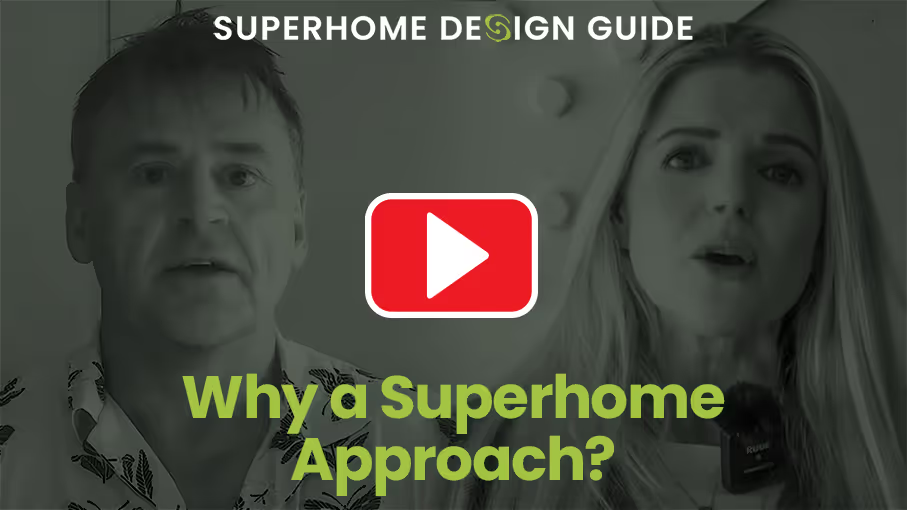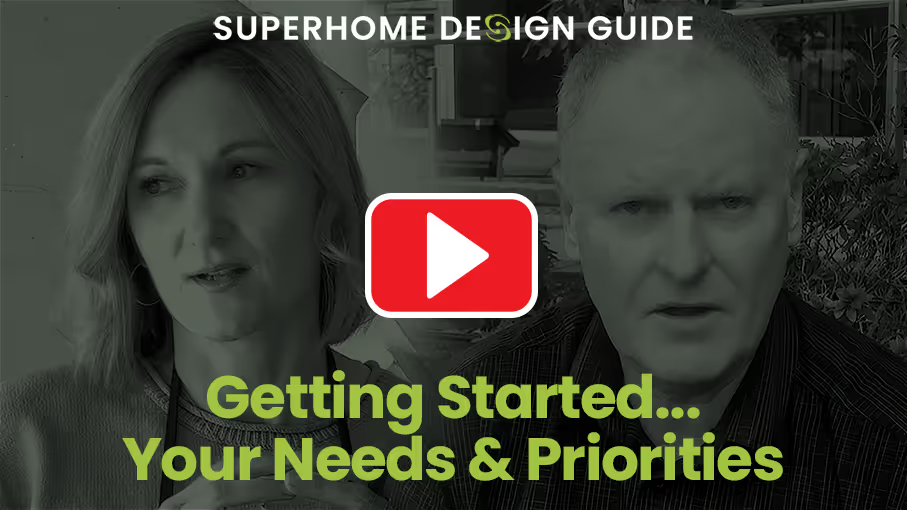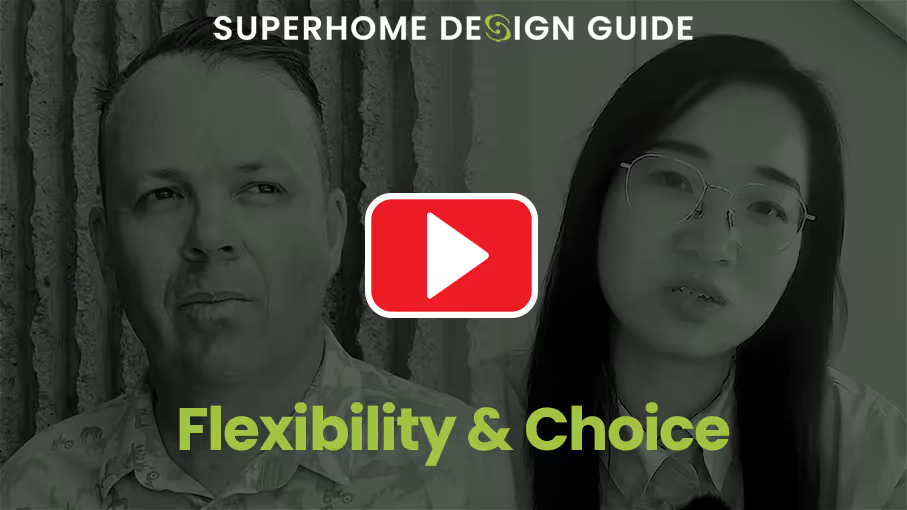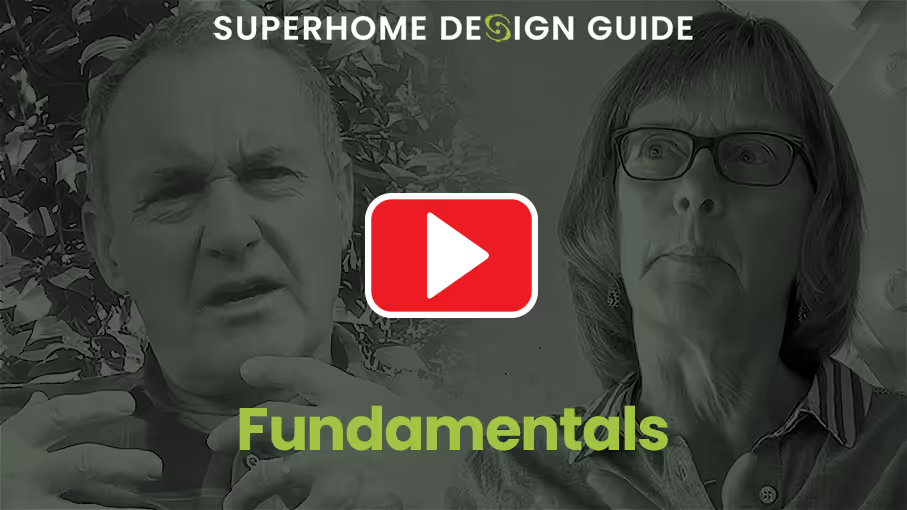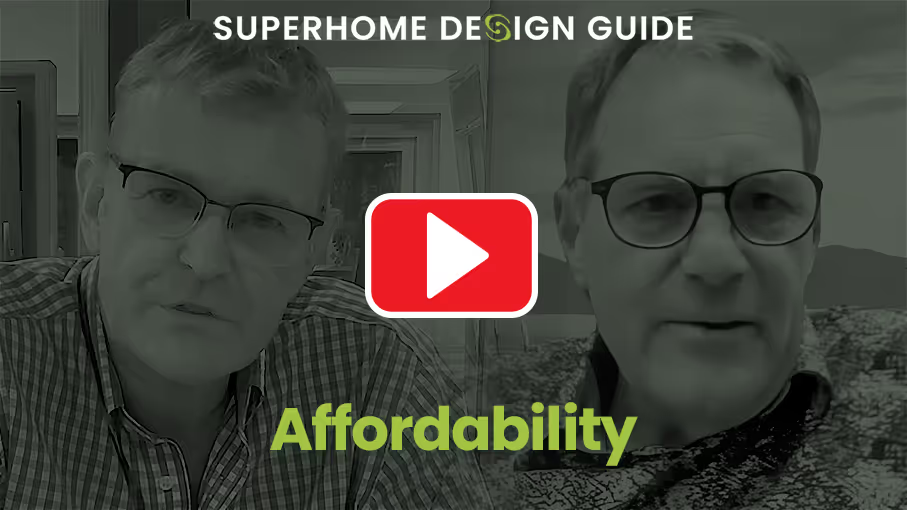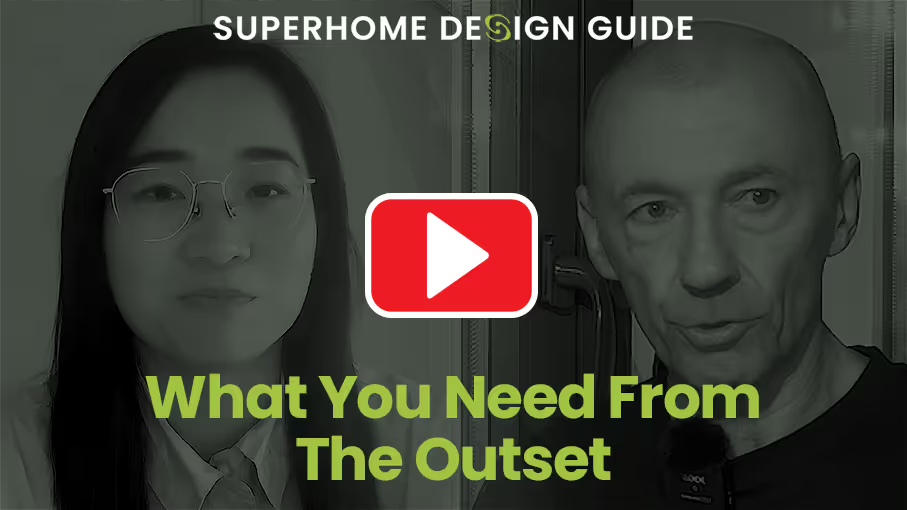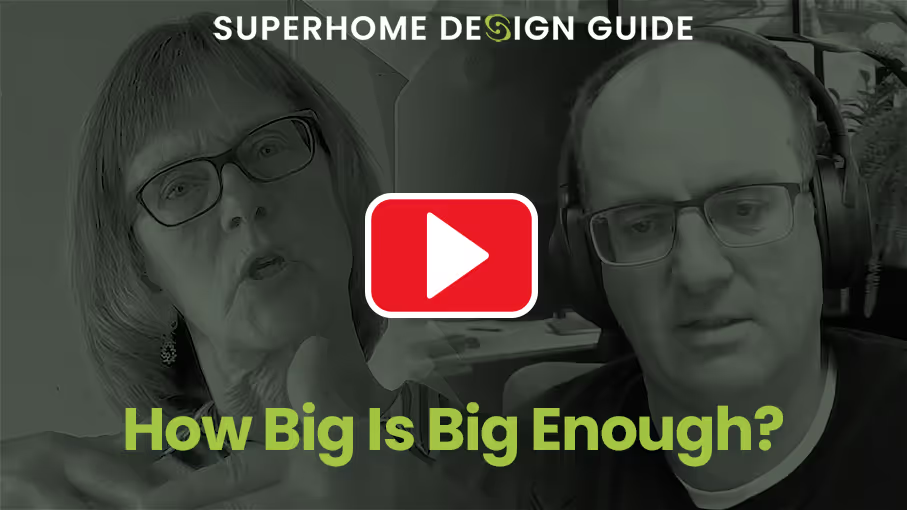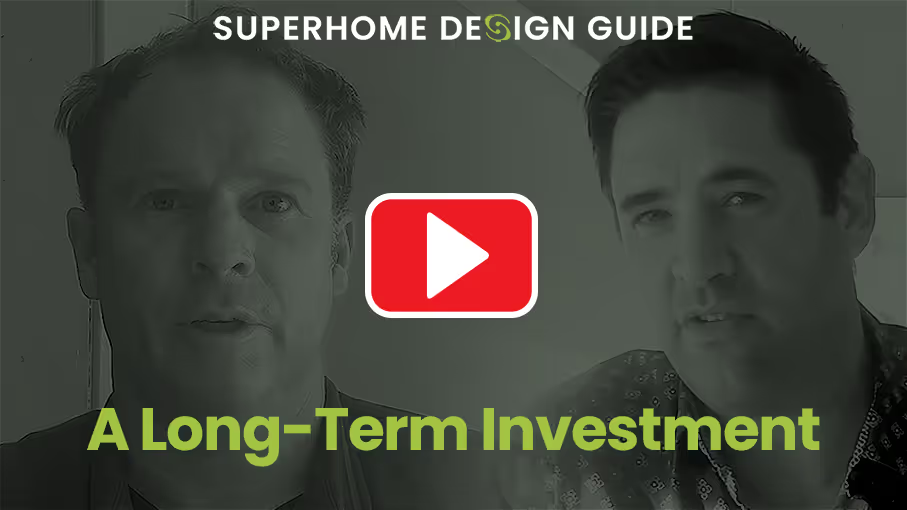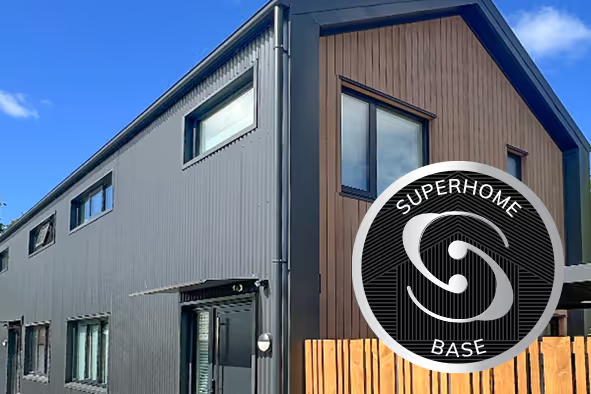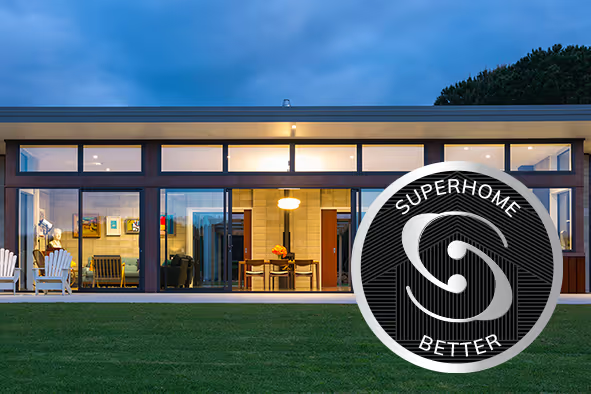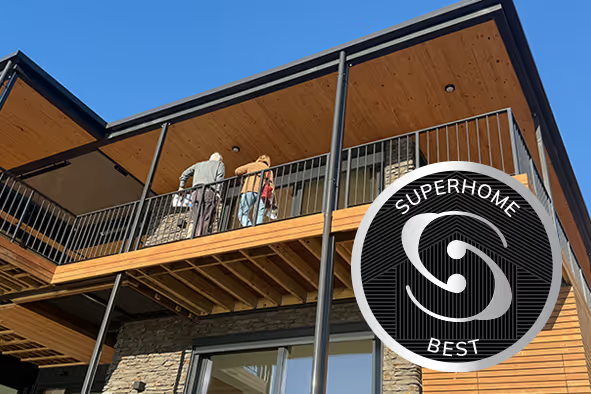
CREATING BETTER & HEALTHIER HOMES
“Our end goal is creating better healthier homes for people to live in – lots of different solutions and products available for people to learn.”
Dan Saunders: Director, Dan Saunders Construction and Director, Ecopanel

AMAZING... AFFORDABLE... NON SCARY!
“Making people aware that you don’t have to build big giant cold leaky boxes... you can make your design amazing, you can make it affordable, and you can make it for future generations to live in your house – and it’s not too scary to do.”
Jeff Fitness: Managing Director, SealCo Waterproofing Systems

BETTER WAYS TO BUILD THAN WHAT WE'VE DONE IN THE PAST
“People should be talking about how we can build better and what materials are available, instead of, ‘that’s how we’ve always done it and that’s what we know and that’s what we’re going to continue to do’, when there are better pathways... that aren’t hugely more expensive.”
Candice Smith: National Specification Manager, Kingspan Thermakraft

KEEP CALM
“From a design point of view there are opportunities where we can give clients so much more for very little effort. Dealing with tactile, visual, calm, noise – what can we do through the built environment that actually brings calm?”
Tony Biesiek: Director/Architectural Designer, Imagine Architecture

KNOW WHAT'S IMPORTANT
“Talking with home owners starting their build, they don’t quite know what’s important. We recommend talking to Superhome to guide them through the journey of design.”
Hanshu Li: Managing Director, Warmthnz

YOUR CAR OVER YOUR HOME?
“Home owners spend less time thinking about the layout of their house than the time they will spend on choosing a new car. Half of your life is going to be spent at home, so it's very important to make sure the house you design is fit for you, to set up yourself for a better future.”
Julie Villard: Architect and Eco-Design Advisor, Christchurch City Council

THEY THOUGHT I WAS NUTS!
“Builders thought I was nuts. I had to go through about five different sets of tradespeople to get people that actually understood what I was doing and what I wanted to do – that was back in 2002 – and within 5 or 6 years that house wasn’t ridiculous any more, it was what people were looking for.”
Peter Davis: Director, AD Architecture

TOO MUCH TECHNICAL DATA?
“Innovation, rather than cold data – looking at the ‘feeling’ of the house. There's a danger of too much technical data, people get overwhelmed. People just want to know, am I going to be warm? is it going to save me money on energy bills?”
Darren Ballantine: Key Account & Business Development Manager, Metro Glass

‘FORWARD THINKING
“It’s a lot more difficult AND costly to put a ventilation system (and various services) in further down the line where it hasn’t been designed for up front.”
Marcus South: Regional Manager, Moisture Master

DEVELOP THE DIFFERENCES
“Different sites, different orientation, different wishes. What needs to be covered by the house – conversation about initial design idea, how we develop that into a new home”
Susanne Schade: Architectural Designer and Director, Architecta

‘TAPPING’ YOUR PRIORITIES
“People have to make decisions. Do I get the fancy tap? Or do I get the better windows?”
Martin Ball: Director, NK Windows

DESIGN FLEXIBILTY, DESIGN AFFORDABILITY
“Base... Better... Best ! The flexibility and affordability goes to your designer, they are critical getting this right.”
Harry Puttock: Senior Architectural Manager, Sto NZ

MINIMAL OPERATING COSTS
“Love the house, but have you thought about how much it costs to operate on a weekly / monthly basis? If a house is cheaper to operate, especially as you’re going into your retirement years, and not you're paying ANYTHING per month... you’re on to a winner”
Andrew Kitson: Managing Director, SolarCorp Ltd

A WARM & HEALTHY HOUSE... ABOVE THE STANDARD!
“A lot of builders don’t understand the science behind why you’d make something more airtight or why you put more insulation in. If you just do it to the standard, you’re going to have a cold mouldy house – whereas if we put a bit more insulation in, put some ventilation in, you get a warm healthy house”
Dave Gunter: Director, Coastal Designs




